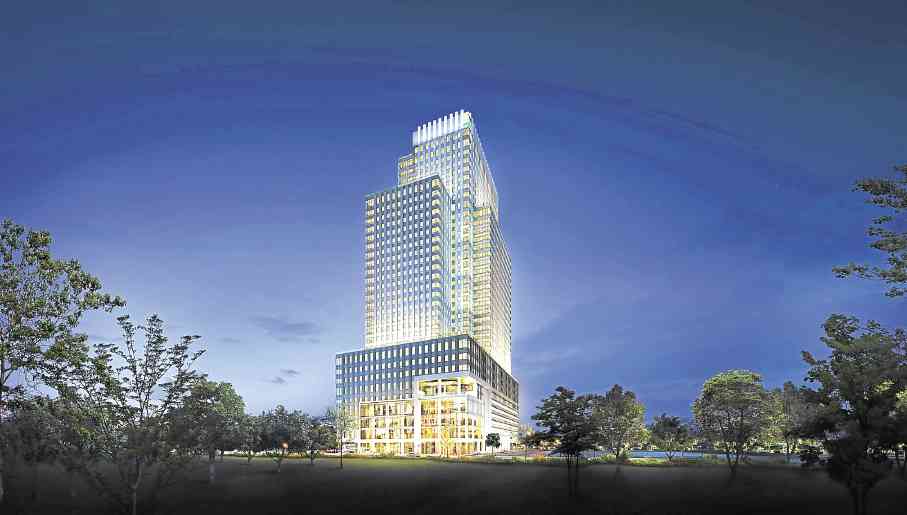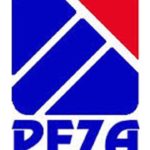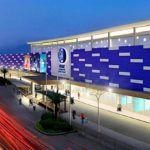
Holistic impact of working in a green-certified building
Philippine Daily Inquirer
12:45 AM January 07, 2017
https://business.inquirer.net/
Here’s another reason why developers should opt for green certified building projects.
The study analyzed workers in 10 certified green buildings in five cities in the US and compared them with other workers in the same cities employed in different offices owned by the same companies.
For ArthaLand Corp., this recent finding further validates its efforts to build more green building projects, including the 38-story office building that the company is building in Cebu City, the first of its kind in the Visayas and Mindanao region.
ArthaLand’s Cebu Exchange, rising along Salinas Drive inside the Cebu IT Park is the first building outside Luzon area to be registered under the United States Green Building Council’s Leadership in Energy and Environmental Design (LEED) program as well as in the Philippine Green Building Council’s Building for Ecologically Responsive Design Excellence (BERDE) rating program.
Numerous benefits
Interestingly, the study showed that employees in high-performing, green-certified buildings had 26 percent higher cognitive function test scores than those in similarly high-performing buildings that were not green-certified, even after controlling for other potential explanatory factors.
Among the findings, participants working in green buildings showed a 73 percent higher crisis response scores; 44 per cent higher applied activity level scores, which reflect ability to gear decision-making toward overall goals; 38 percent higher focused activity level scores, which reflect capacity to pay attention to tasks at hand; and 31 percent higher strategy scores.
In addition, the study also found that employees reported 30 percent fewer sick building symptoms and had 6 percent higher sleep quality scores compared with those working in high-performing buildings that were not green-certified (assessed were workers’ length of sleep, tossing and turning and interruptions).
Lacson believed that certified green buildings benefit both the landlords as well as the tenants explaining that Cebu Exchange, like its green-certified building counterparts, is designed to be resource and operations efficient and to provide healthier working environment to boost productivity and profit.
To ensure resource efficiency for the building’s locators, Cebu Exchange will feature green elements such as efficient building envelope, water efficient plumbing system, low-energy air-conditioning system, efficient lighting system, use of low-emitting materials, and allocation for Low-Emitting and Fuel Efficient Vehicle (LEFEV) parking.
With Cebu Exchange’s strategic location, the project is well connected to the rest of the community, thus requiring less use of motorized vehicles.
Highlighted elements
Indoor air quality (IAQ): The health and productivity benefits of good indoor air quality are well established. This can be indicated by low concentrations of carbon dioxide and pollutants, and high ventilation rates. It could be suggested that productivity improvements of 8-11 percent are not uncommon as a result of better air quality.
Thermal comfort: This is closely related to IAQ, and indeed separating out the benefits is difficult. Studies consistently show that even modest degrees of personal control over thermal comfort can return single digit improvements in productivity. The importance of personal control applies to other factors too, including lighting.
Daylighting and lighting: Good lighting is crucial for occupant satisfaction, and our understanding of the health and wellbeing benefits of light is growing all the time. It can be difficult to separate out the benefits of daylight—greater nearer a window, of course—from the benefits of views out of the window.
Several studies in the last decade have estimated productivity gains as a result of proximity to windows, with experts now thinking that the views out are probably the more significant factor, particularly where the view offers a connection to nature.
Biophilia: The rise of biophilia—the suggestion that we have an instinctive bond to nature—is a growing theme in the research. A growing scientific understanding of biophilic design, and the positive impact of green space and nature on (particularly) mental health, has implications for those involved in office design and fit-out, developers and urban planners alike.
Noise: Being productive in the modern knowledge-based office is practically impossible when noise provides an unwanted distraction. This can be a major cause of dissatisfaction amongst occupants.
Interior layout: Noise distraction relates closely (although by no means solely) to interior layout. There are a whole range of fit-out issues that can have an effect on wellbeing and productivity, including workstation density and configuration of work space, breakout space and social space.
These factors influence not just noise but concentration, collaboration, confidentiality and creativity. Many companies instinctively know this and regularly engage in exercises to optimize layout. However, the research that informs this remains less quantifiable and needs to be further developed.
Look and feel: The same could be said about research around office “look and feel”, which is seen as superficial by some, and yet should be taken seriously as having a potential impact on wellbeing and mindset—both for occupier and visiting clients. Look and feel (and interior layout), being highly subjective, is something which is likely to be experienced differently by people of different age, gender and culture.
Active design and exercise: A guaranteed route to improved health is exercise. This can be encouraged by active design within the building, and access to services and amenities such as gyms, bicycle storage and green space, some of which may be inside the office building or office grounds, or in the local vicinity. There is not a huge amount of research on the link between exercise and office-based productivity, although that which does exist suggests a lower number of sick days for those who cycle to work.
Amenities and location: The local availability of amenities and services are increasingly recognized in research as being important for occupiers.
Aside from these benefits Cebu Exchange is expected to contribute at least P7.2 billion in annual income for the projected 40,000 IT-BPM employees of locators that will choose to hold office in this project.
Once completed, Cebu Exchange will offer a total office area of 83,000 sqm that will be able to accommodate at least 13,000 business process outsourcing (BPO) seats or equivalent to about 40,000 agents for three-shift operations.
Thirty floors of the Cebu Exchange will be dedicated to office spaces and are zoned into three. The low zone will feature wide open space of about 5,000 sqm and is ideal for large BPO operations. The mid zone floor has an area of about 3,000 sqm and may accommodate knowledge process outsourcing (KPO) companies. These may also be cut-up into at least 161 sqm units for IT-BPM allied services firms and mid-scale home-grown businesses.
The prime high zone may be utilized for regional businesses based in the fast growing areas of Visayas and Mindanao. Four floors or about 4,000 sqm will be dedicated for retail space to complement the needs of the building’s tenants.









